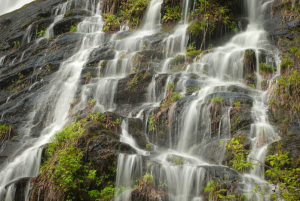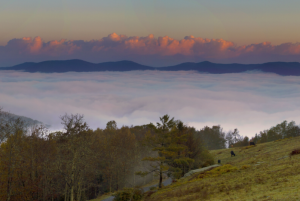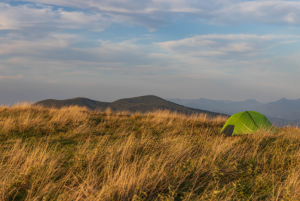My Journey to Guyana: Our Final Day
By Kylie Purdy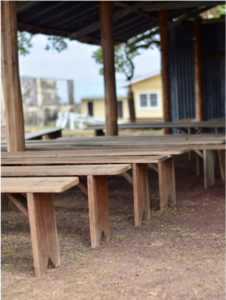
(Earlier this year Trussville native Kylie Purdy spent several days in Guyana and Brazil as part of an immersion program through Spring Hill College in Mobile. Kylie, who also is a team member in our Mobile store, shared some of her experiences. This is her third and final blog in the series.)
On our third day in the village, we attended church. It was one of the most beautiful services I have ever been to, with the mountains in the background and goats roaming around. I felt very grounded at this moment. Following the church service, we went to the school nursery. We danced and played with about 40 young kids from the village, cherishing their smiles.
Visiting a school
After visiting the children, we assisted with the construction of a church in the village. We spent about an hour moving bricks and rocks to help level the ground. We then went to the secondary school in the village.
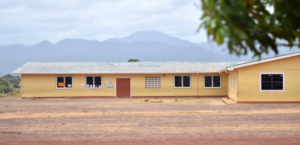
It started with grade 2 and went up to grade 10. We were told that after grade 10, the children can choose to continue their studies by preparing for national exams. Walking into these small classrooms made me feel awkward because children just stared and seemed very shy.
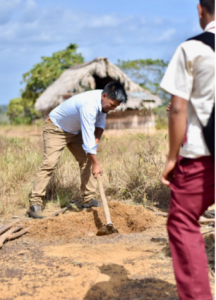 However, the fifth graders responded really well to our visit. We split them into teams and played a trivia game. I noticed diagrams depicting agriculture and mechanisms on their walls. I liked that the school focused on subjects that would most benefit them. At one point, a few of us met with the grade 10 teacher. He and his students were planting trees, one for every child born in the region where they live.
However, the fifth graders responded really well to our visit. We split them into teams and played a trivia game. I noticed diagrams depicting agriculture and mechanisms on their walls. I liked that the school focused on subjects that would most benefit them. At one point, a few of us met with the grade 10 teacher. He and his students were planting trees, one for every child born in the region where they live.
We left the school to return to St. Ignatius Village at the same time as school dismissal. We noticed that many of the children walked home on open dirt roads. Some of these kids are very young and walk miles to school every day.
Swim to Brazil!
We had some time before our next activity, so what did we decide to do? Swim to Brazil, of course! In fact, Brazil was just a hop over a fence and a quick swim across the river.
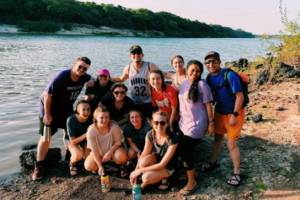
The river is about the length of a large swimming pool. It took about 10 minutes to get across and step onto Brazilian land. The water was cool, so it was a nice break from the dry heat of the day.
Our final day
On our final day in Lethem, we began our morning by traveling to the secondary school in town. It was much bigger than the school in the village, with a science laboratory, electrical engineering room, home economics, and even an art studio.
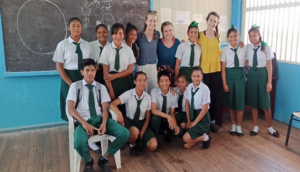
We learned that some of the students actually live on-site, as they live too far away to commute each day. This made me think of the difference we saw at the village and how a lot of the kids walk miles to get to school, but they did not have the option to stay on site.
After our time at the school, we went back to St. Ignatius to have lunch and relax before the final trip to Nappi. We prepared some songs and skits for the cultural exchange in the village that night. We were excited but knew that this was our last interaction with the villagers, so we had heavy hearts going into the night.
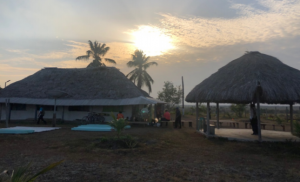
The evening began with introductions of the villagers and what they would be sharing with us that night. We saw a variety of traditional dances, songs, and poems. One villager performed “Take Me Home, Country Roads,” and we all sang along. As I looked up, the sun had begun to set, and it was the perfect ending to the week.
We then ate BBQ chicken on a stick, chickpeas, rice, and juice. Then we played with some of the kids from the village. There was one point in the evening where I was kneeling down talking with the children as they stood by me, playing games. I looked up and saw an endless sky of stars over them. I felt a rush of emotion because I just felt so universally connected through nature in this very instant. We may come from different surroundings, but we share the same sky.
Our final goodbyes
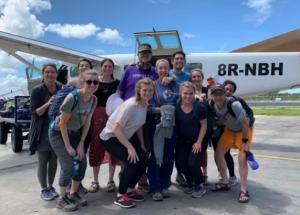
We eventually had to say our goodbyes. Many of us got into the van with teary eyes. All of us were completely changed by the hearts and souls of the Nappi villagers.
Our last drive back to St. Ignatius was incredible; The stars were shining in a way I had never seen. While I did not know what to expect out of this journey, I know that this experience gave me more than I ever could have imagined.
Let us help you prepare for your next adventure! Alabama Outdoors wants everyone to enjoy the outdoors, and we work to build loyalty one connection at a time. Visit one of our stores or take advantage of our shipping or curbside pickup! #BeOutdoors
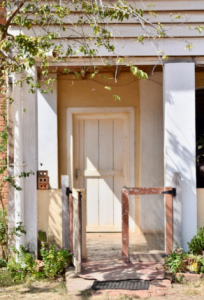 ( Earlier this year Trussville native
( Earlier this year Trussville native 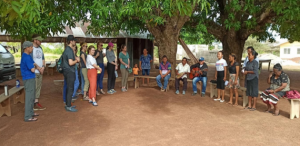
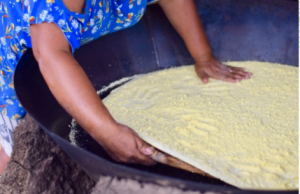

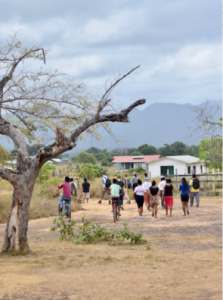
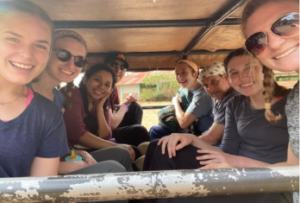
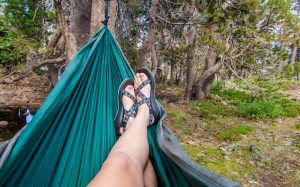


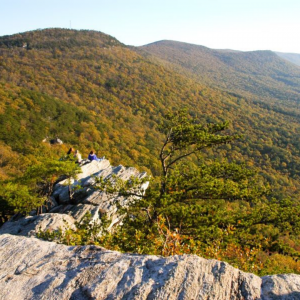
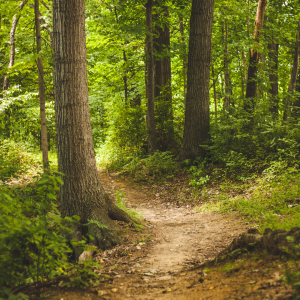
 It was a few years back, and a new short had arrived at our store by a brand called AFTCO. I had personally never heard of this brand. But I saw them in our company warehouse being unboxed and prepped to send out to our stores. Some of the colors were a little brighter than I typically went for (everything in my closet is blue), but I walked over, glanced at them, and decided “not for me.”
It was a few years back, and a new short had arrived at our store by a brand called AFTCO. I had personally never heard of this brand. But I saw them in our company warehouse being unboxed and prepped to send out to our stores. Some of the colors were a little brighter than I typically went for (everything in my closet is blue), but I walked over, glanced at them, and decided “not for me.”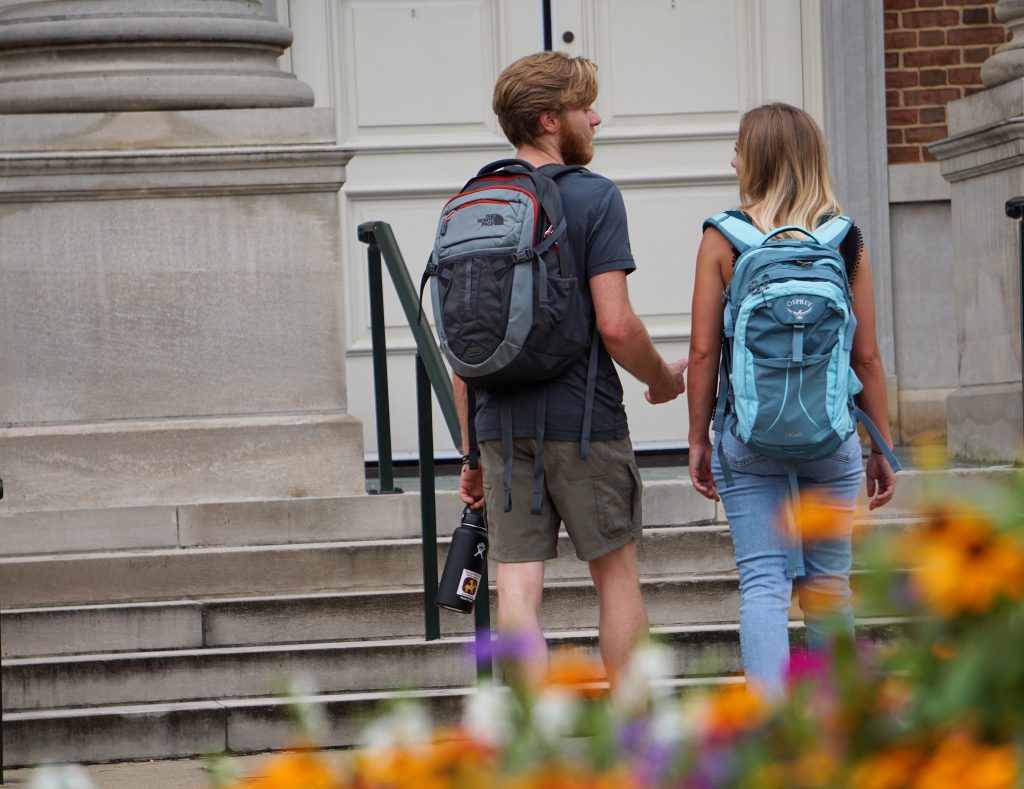

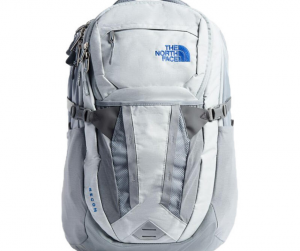

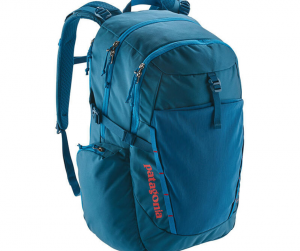
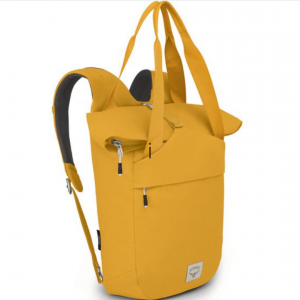 The smallest capacity pack on our list is the Osprey Arcane Large Daypack. Coming in at 20 liters, this pack embodies minimalism with its low profile design and simple lines. While it is only a 20 liter, this pack still is packed full of features and space for the essentials. The J-shaped zipper of the main compartment makes accessing your items easier with the wider opening. The main compartment comes with an internal padded laptop sleeve and other small sleeve and zip pockets for tablets, documents, and cords. We absolutely love the colorways, clean lines, and how comfortable and easy it is to trek around town with. This one is so sleek, it’s a
The smallest capacity pack on our list is the Osprey Arcane Large Daypack. Coming in at 20 liters, this pack embodies minimalism with its low profile design and simple lines. While it is only a 20 liter, this pack still is packed full of features and space for the essentials. The J-shaped zipper of the main compartment makes accessing your items easier with the wider opening. The main compartment comes with an internal padded laptop sleeve and other small sleeve and zip pockets for tablets, documents, and cords. We absolutely love the colorways, clean lines, and how comfortable and easy it is to trek around town with. This one is so sleek, it’s a 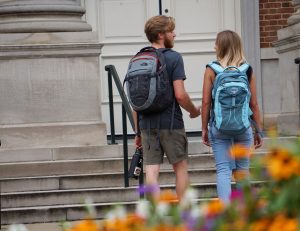 Every year on the third full weekend of July, the state of Alabama allows certain items that are typically purchased for the school year to be sold state tax-exempt for one weekend only.
Every year on the third full weekend of July, the state of Alabama allows certain items that are typically purchased for the school year to be sold state tax-exempt for one weekend only.
